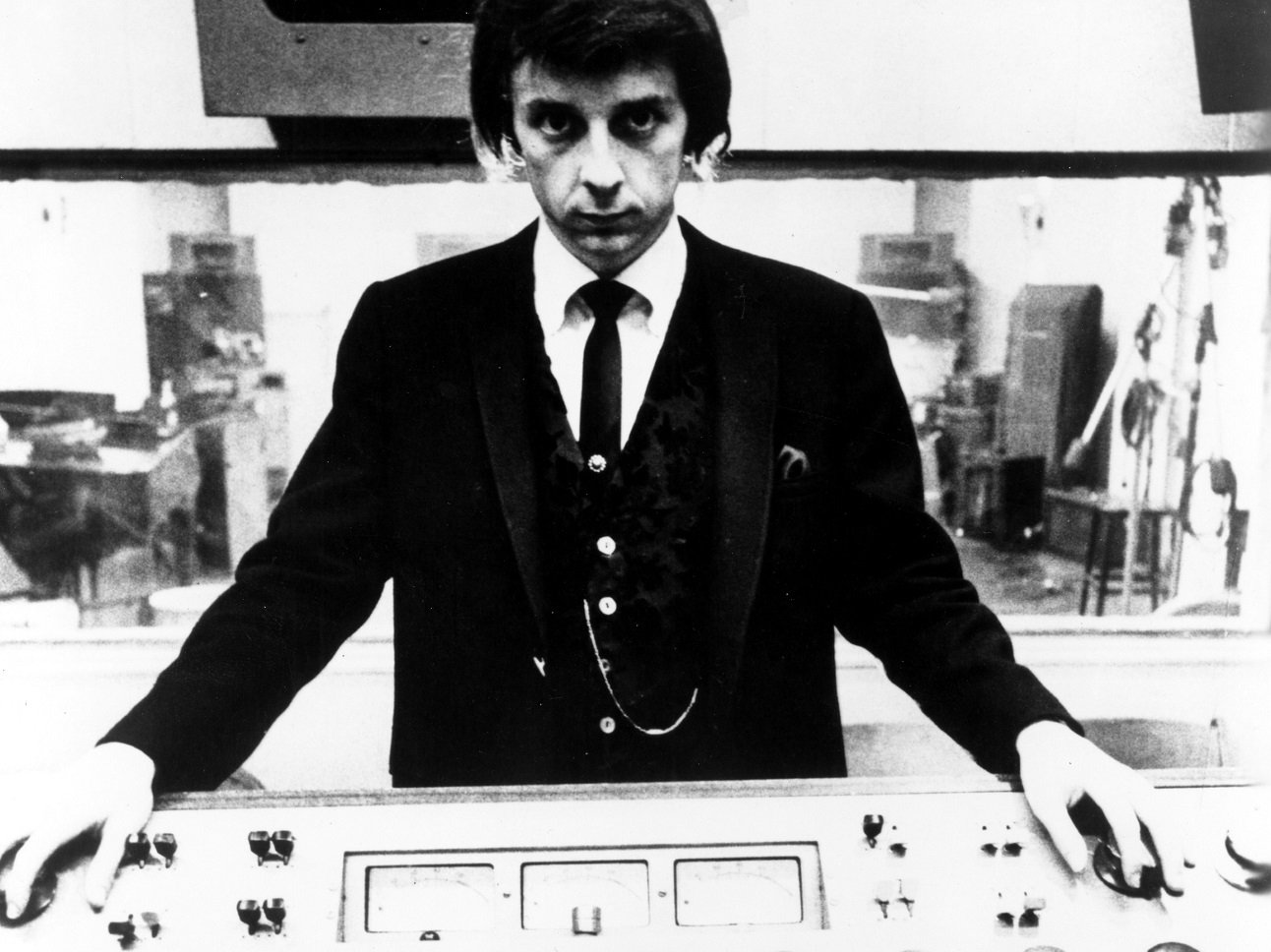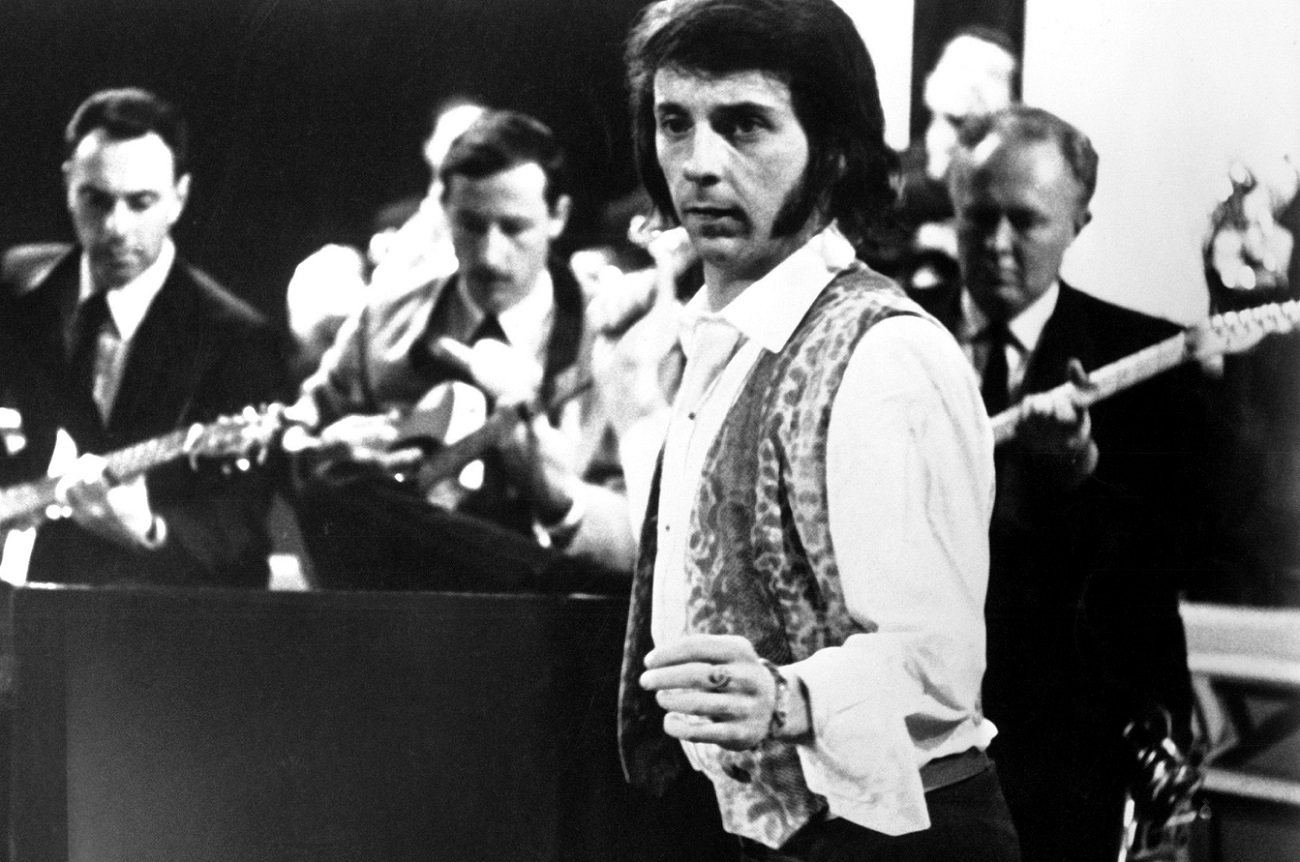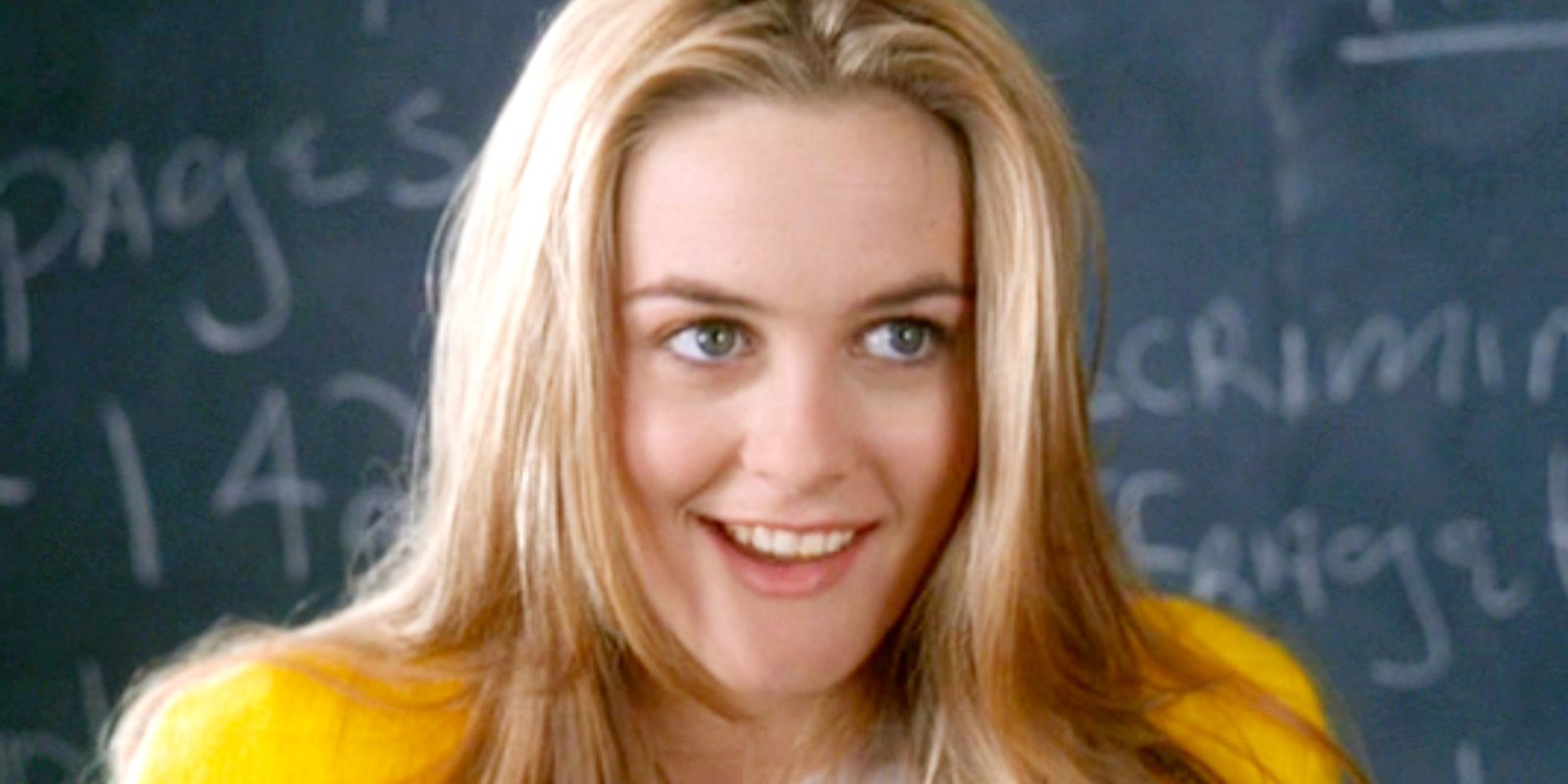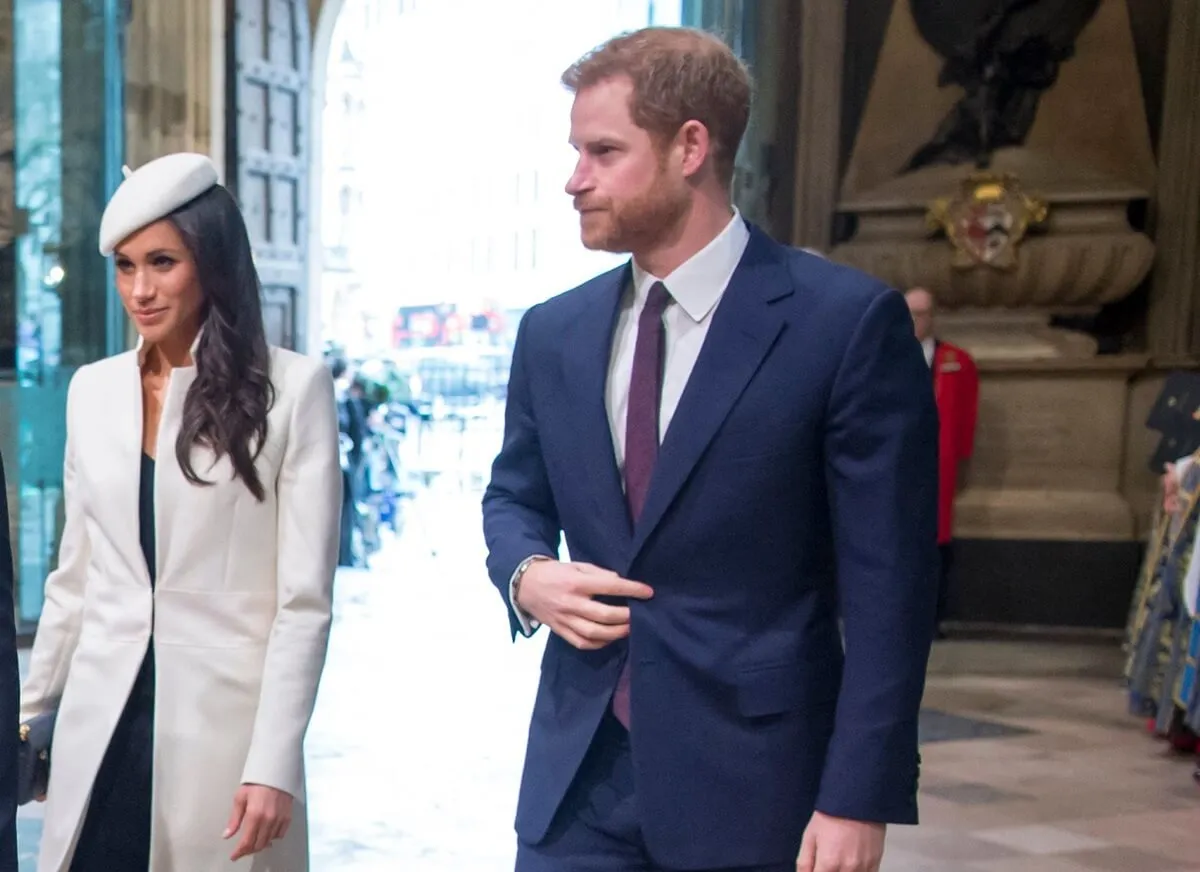How Phil Spector Constructed His ‘Wall of Sound’ Recording Technique
Phil Spector (1939-2021) is dead. Spector’s music, on the other hand, will not be suffering the same fate any time soon. You can’t turn on a radio (or watch a film) without hearing Spector’s production work on acts such as The Ronettes, The Righteous Brothers, and The Beatles.
That means you’ll be hearing about Spector’s “Wall of Sound” for the foreseeable future. However, you won’t hear this tossed-about term used with precision too frequently. For music fans unfamiliar with the process of studio recordings, it takes some doing to grasp the Wall of Sound.
It doesn’t, for example, refer to a ton of noise, as when instruments on a recording drown out the vocal. At the heart of it is Spector working in mono (i.e., not stereo) and blending instruments together on the same track for a basis. Then came the overdubs to achieve a symphonic effect.
Phil Spector worked in mono with multiple instruments on each part to construct his Wall of Sound

Stereophonic recording had started coming on at major record labels in the late ’50s, but Spector did not buy into the innovation. He obsessively stuck to mono for the way it captured exactly what he did in the studio. However, that approach involved some trade-offs, including complications in mixing.
That doesn’t begin to hint at the difficulty of the Spector approach, though. He worked with three- and four-track equipment, often utilizing bands that were three times the size of typical groups you’d find at ’60s recording sessions. He’d have multiple guitar players, multiple bass players, and multiple keyboard players playing the same line on the same track.
With that technique, Spector would build the heft of the instrumental parts while keeping them indistinguishable. That’s the basis for the Wall of Sound: You couldn’t tell how it got so big. “There was a lot of weight on each part,” guitarist Barney Kessel said in He’s a Rebel (1986). That might involve an electric piano, acoustic piano, and harpsichord playing the same part.
“The way he recorded an miked it, you couldn’t pick one instrument out,” Kessel said. On the smash-hit “You’ve Lost that Lovin’ Feeling,” Spector had a stand-up bass, six-string bass, and electric jazz bass on the same part. “it would all be swimming around like it was down a well,” Kessel said.
Spector deployed varying amounts of echo to maintain solid reduction tracks and allow for overdubs

Obviously, Spector packed an incredible number of instruments onto four tracks for his teen-friendly symphonies. And all the parts on the basic track (pianos, guitars, basses, drums) would go onto one track. This process of “reduction” to get a basic track while leaving other tracks open was where many a producer failed. But it didn’t trip up Spector.
“Ordinarily, this muddies the ‘bed track’ out of all recognition,” music historian Greg Shaw said in Wall of Pain (2003). “But [Spector] devised ways to apply different forms of echo to each track as it went into the mix. He constructed a sound that was both well defined and ‘big’ at the same time.”
With that massive project behind him, Spector could now turn to his string players and vocalists to work on the lead tracks. On a track like “Be My Baby,” the Wall of Sound behind Ronnie Spector never threatens to challenge the supremacy of her vocal. It’s a masterpiece.
Likewise, the multiple violinists working on any given Spector session would have a track on which to shine through. Barney Kessel marveled at how Spector worked at it in the studio. “It was like he was going to invade Moscow,” Kessel said in He’s a Rebel.


